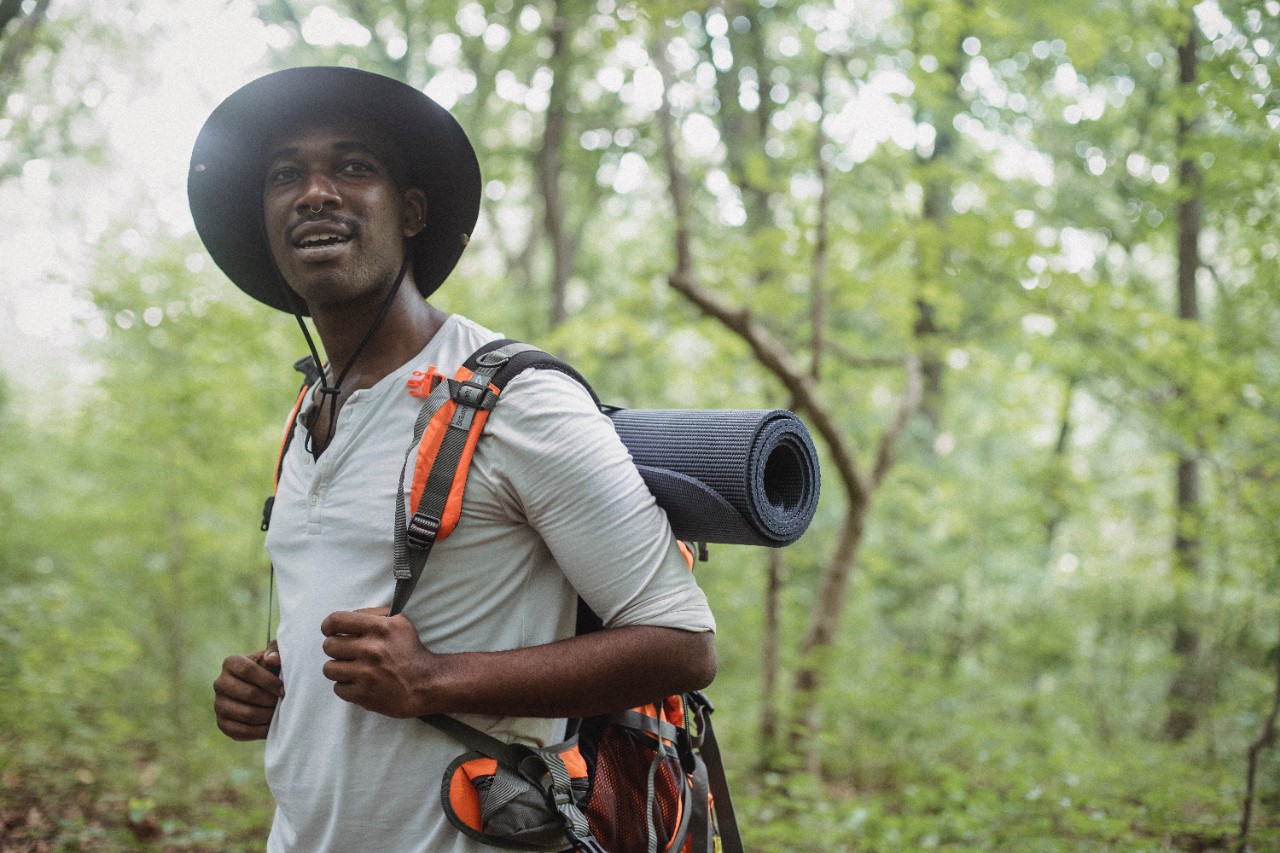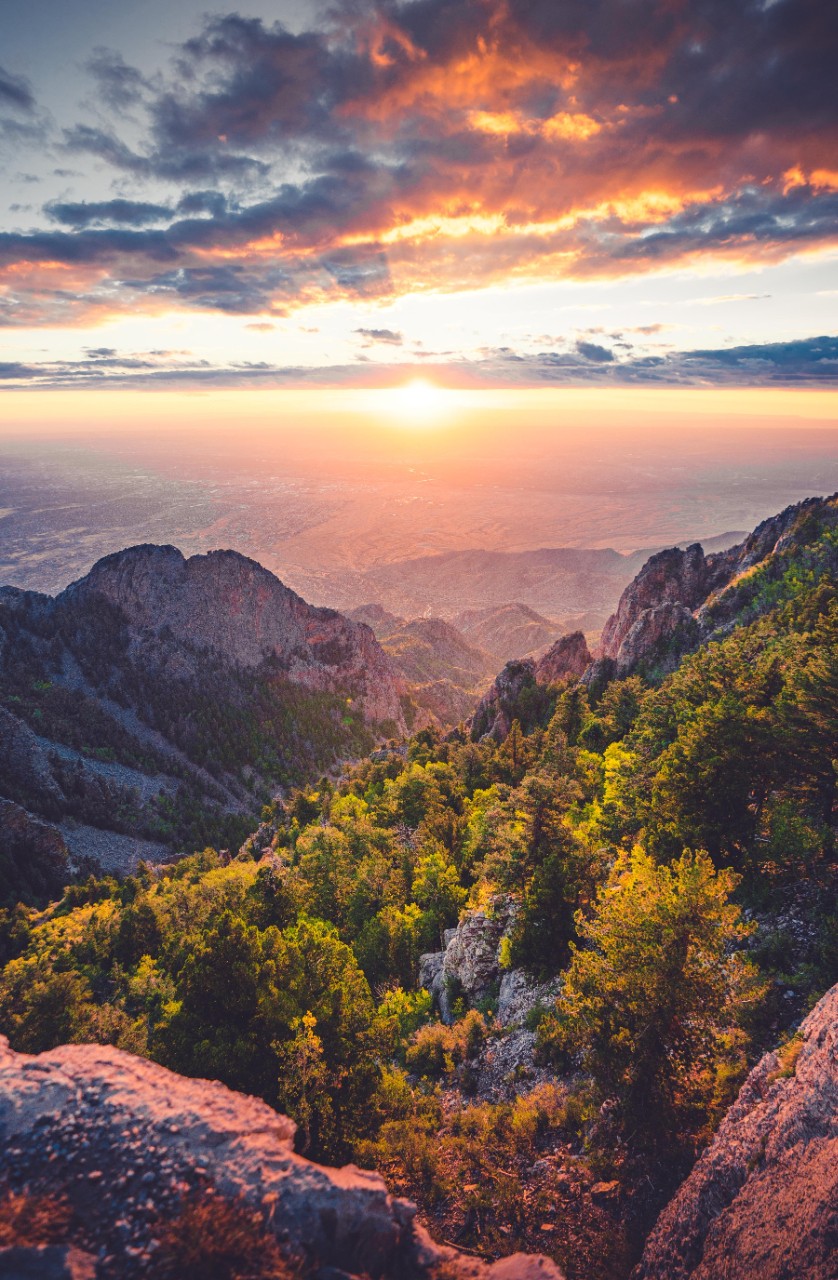One of the biggest — and yet unknown — issues people of colour face in America and beyond is access to nature. Simply put, discrimination makes it harder for them visit green spaces and parks. Although this may seem like an unimportant issue, it has huge knock-on effects on the physical and mental health of countless communities.
Recent cases saw a lot of media attention on this issue. The killing of Ahmaud Arbery, and the descrimination against Christopher Cooper in the US are chilling examples that proved more needs to be done.
Mr Arbery, for example, was going for an afternoon jog when he was confronted by two white men who accused him of looking like a man who had been committing crimes in the area. These two men chased Mr Arbery to their truck, pulled out a gun, and killed Mr Arbery. He had done nothing wrong — he was killed just because of the colour of his skin.
Over in New York, Christopher Cooper was spending his afternoon birdwatching in Central Park, in the United States. A lady started loudly calling for her dog near where Mr Cooper was birdwatching. When he politely asked the lady to keep her dog on a lead, she called the police and accused Mr Cooper of threatening her and her dog. Just like the case of Mr Arbery, Mr Cooper had done nothing wrong.
Unfortunately, these two cases are not exceptions. They've happened to others in the past, and, unless we take action, will likely happen again in the future.

The facts
Not as many people of colour visit parks and public spaces as white people do. This is a fact.
The Conservation Science Partners (CSP) carried out a study that looked at racial inequality of the access to nature in the US. This is what they found:
1. If you are a person of colour, you are 3 times more likely to live in an area with no access to green spaces and nature
2. 70% of low-income communities across the US live in areas with no nature present
3. The destruction of nature hits people of colour the hardest
There is also the belief that all families, no matter their race or income level, will choose to visit parks and nature in their spare time. This is an inaccurate stereotype. Families of colour from higher income backgrounds tend not to take trips to the park or do other outdoor activities. This is what can be known as an“anglo-afirmative bias”.
KangJae “Jerry” Lee, an assistant professor in the Department of Parks, Recreation and Tourism Management at NC State University has carried out many studies looking into racial discrimination in outdoor activities and sports.
“One idea is that if people of color have the same income levels, they will participate in outdoor recreation or visit parks as much as their white counterparts,” Lee said. “But this is an anglo-confirmative bias, meaning that it normalizes white Americans’ leisure behavior as a benchmark. Moreover, existing empirical studies do not support the idea.”
These results are especially dangerous for children, who need green areas the most. Children who spend more time outdoors have stronger agility, better social skills, and tend to be healthier. They are also less stressed. In fact, studies have shown that simply having more tree cover in a neighbourhood can help them focus at school.
Children living in a busy city can develop health issues due to air and noise pollution, as well as less-clean water. The lack of a city horizon can cause children’s eyes to not develop properly, with research finding that bright outdoor light helps children’s eyes maintain the correct distance between the lens and the retina. So children who live in areas with more space and greenery will have better developed eyes than those who live in a busy city without any space.
There have also been links between communities of colour, lack of access to nature, and COVID-19. Studies have shown that areas with less access to nature are likely to have higher cases of COVID.

Why is nature so important to human health
Why is nature so important? Do we really need to be able to visit a park when we have the time to?
The answer is yes. Yes we do. Nature is important for everyone’s health and well-being.
There are many health benefits for those who can easily visit outdoor spaces; including a lower heart rate and a reduction in stress. Even looking at a picture of nature can trigger love and empathy emotions in our brains, and taking short walks in nature can reduce frustration, making us feel peace and calm. A 90-minute walk in a park setting can help reduce anxious thoughts.
Grey urban spaces have been found to trigger feelings of fear and anger in our minds — city life can be overstimulating. With the lights, noise, traffic pollution and crowds, our brains can interpret this overstimulation as something bad. This then puts our body on constant alert and raises our adrenaline, leading us to become angry, frustrated, or extremely tired.
Why the lack of access?
It’s no coincidence that not everyone can access nature. When we look at a timeline of the past, history shows us why this is happening.
Inequality extends to health, the areas people live, and their income. And these things effect access to nature. Communities of colour don’t have the benefits of wild animals, plants, and disease control that nature brings. Opportunities for activities and walks in the park do not exist.
The ‘nature gap’ has existed since parks were created, when they were managed by white men — along with any racist views and beliefs they may have had. There has even been evidence of park segregation, one of the leading reasons people of colour may not feel safe and welcome in these types of public spaces.
“The underlying rationale for creating parks was this idea of U.S. nationalism, to promote the American identity, and the American identity was primarily white, male and young,” Myron Floyd, dean of the College of Natural Resources said. “It was really trying to distinguish the American identity from the European identity: being a separate, more mature nation in the mid-19th century.”
KangJae “Jerry” Lee, Assistant professor in the Department of Parks, Recreation and Tourism Management at NC State University also believes that there is a link between the history and creation of parks, and current day prejudices.
“There are a couple of different theoretical explanations that have been provided by different researchers,” Lee said. “Socioeconomic status, cultural differences, racial discrimination and the history of institutional racism. In my personal opinion, the most reasonable explanation is the last one, the historical racial discrimination: we are the products of our past.”

What can we do to help?
Changes clearly need to be made. We need to fill this gap between communities of colour and the health benefits that come from nature.
The CPS study believes that changes to the laws need to be made. These suggestions are to:
1. Give communities of colour access to natural green space if they do not have any at the moment
2. Take steps to stop the pollution in areas housing communities of colour and low-income households
3. Find ways to tackle the inequality of racism from history
Here are some suggestions:
Celebrate positive changes people of colour have made to outdoor spaces
Education and informing is the way to go. We need to make sure everyone knows of all the good changes People of Colour have made to outdoor spaces. For example, indigenous people were able to protect the land of where many parks are built today. They should be celebrated for safe-guarding these areas. Additionally, Black people made important discoveries of nature, such as those made at the Mammoth Cave National Park in Kentucky, US, one of the world’s largest tourist destinations.
Promote diversity and inclusion in green spaces
Giving people of colour leadership roles in these parks is an excellent step to take. Non-profit organisations like Black Outside, Outdoor Afro, GirlTrek and Latino Outdoors have been promoting diversity and inclusion for people of colour in nature activities. We need more of these employment changes, and for these organisations to be given a great deal of publicity to spread the message.
Change green space marketing
Images of white people enjoying activities in green spaces dominate the marketing of parks and nature. This can make people of colour feel like they are unwelcome, or even unworthy, of visiting these public places. To encourage them to feel welcome in these areas, we need to change marketing to make it more inclusive.
“We need to change the narrative – that people of color do go to parks,” Lee believes. “Yes, the levels are low but people are out there participating in outdoor recreation and the agencies have so much room and opportunity to make outdoor recreation more diverse and inclusive.”
Create welcoming spaces for people of colour
Many people of colour do not feel safe or welcome when visiting green spaces and areas outdoors. Racism has made them feel distrust and worry about racial discrimination. Given the track record of incidents such as Mr Aubery and Mr Cooper, can you blame them?
We need to make changes to security in these areas. We could employ diverse staff to work at parks and green spaces, and have resources to help them if they feel like they are in trouble, like a separate public phone number for non-life-threatening situations.
Setting up these facilities is not enough. They need to be closely monitored, and run by people who do not hold racist beliefs. This will make a vast amount of difference, and create the kinder society that you and I want to live in.





